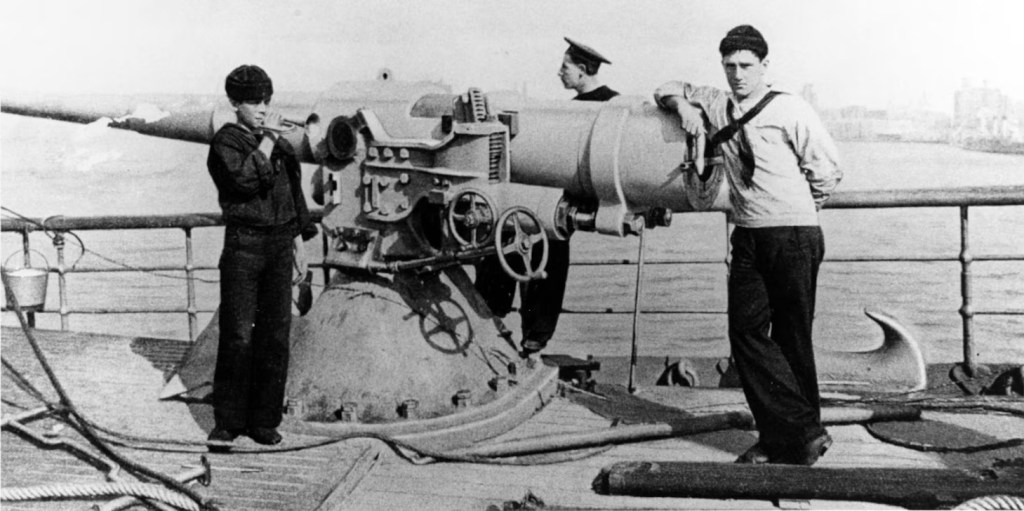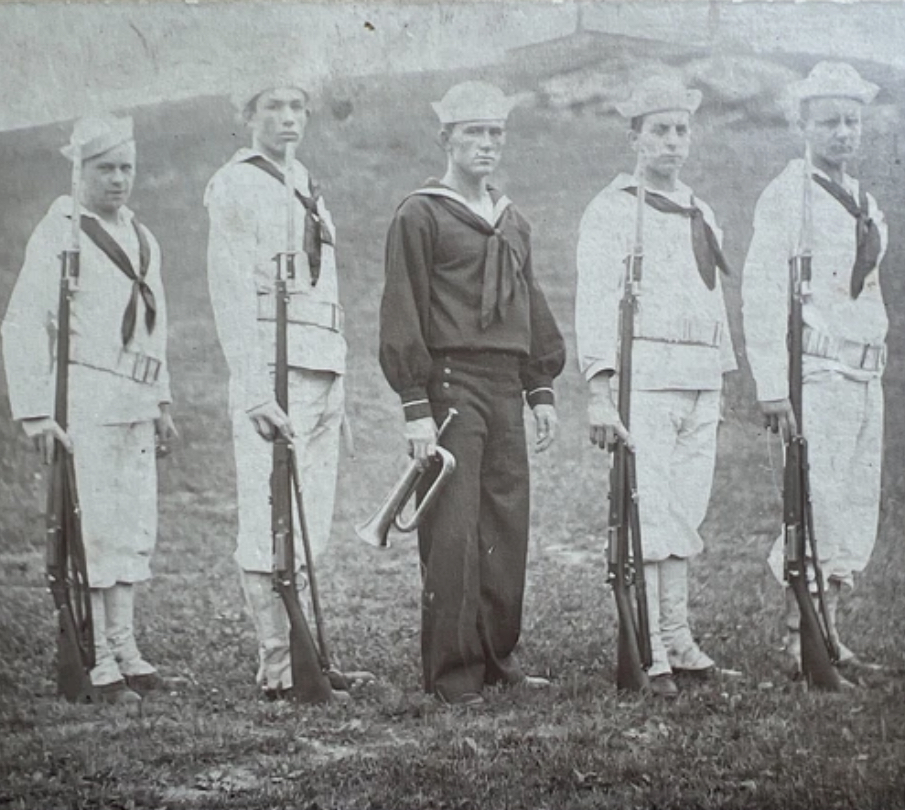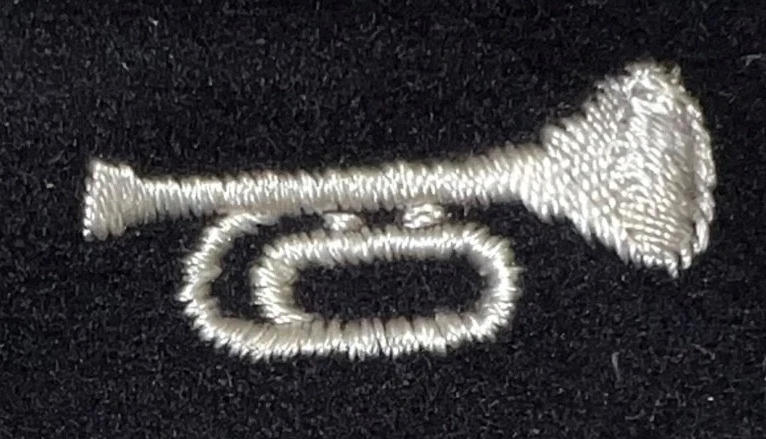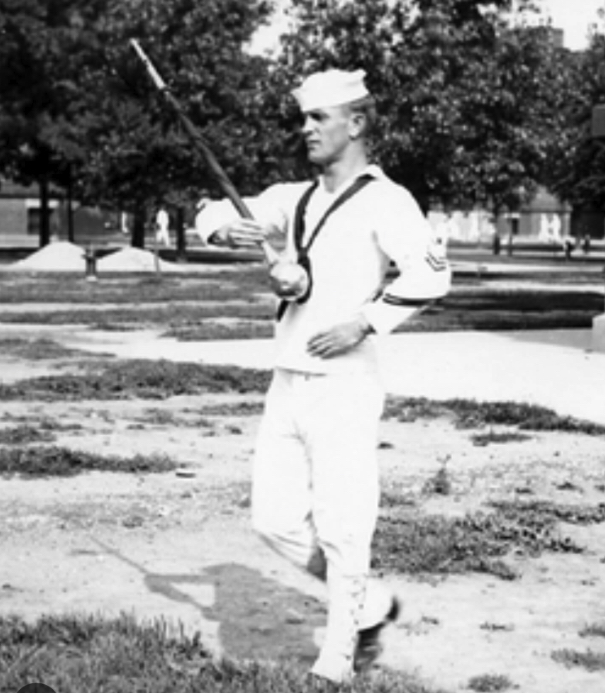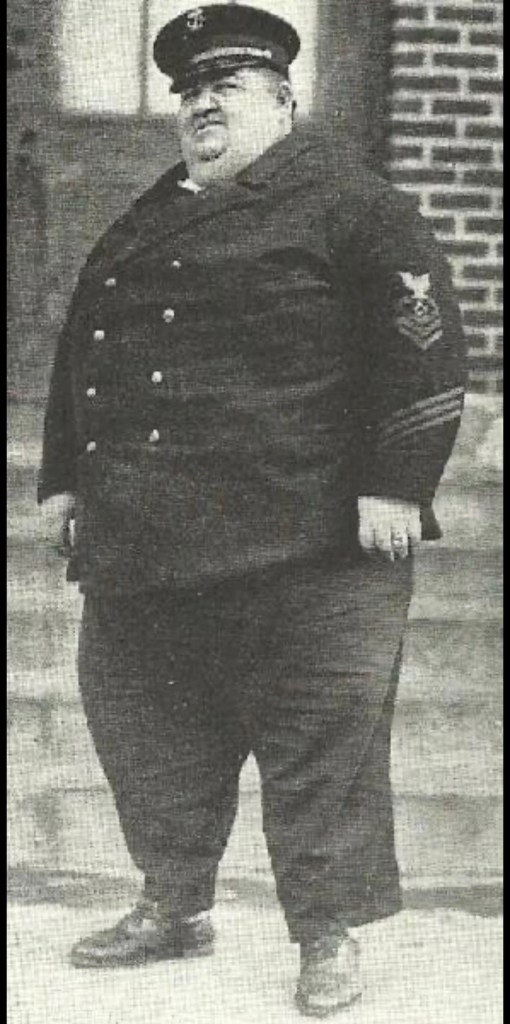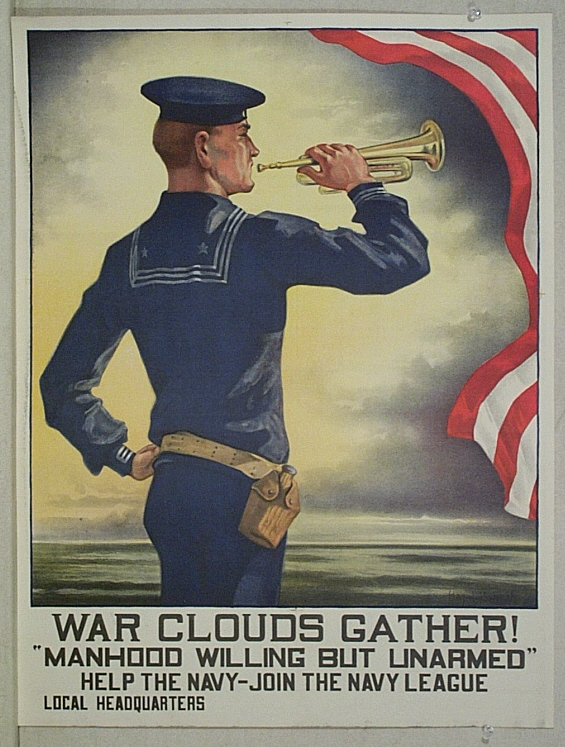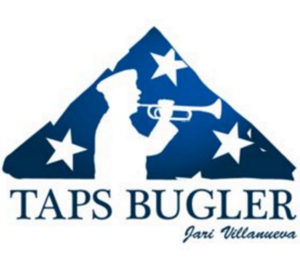US NAVY BUGLERS DURING WWI
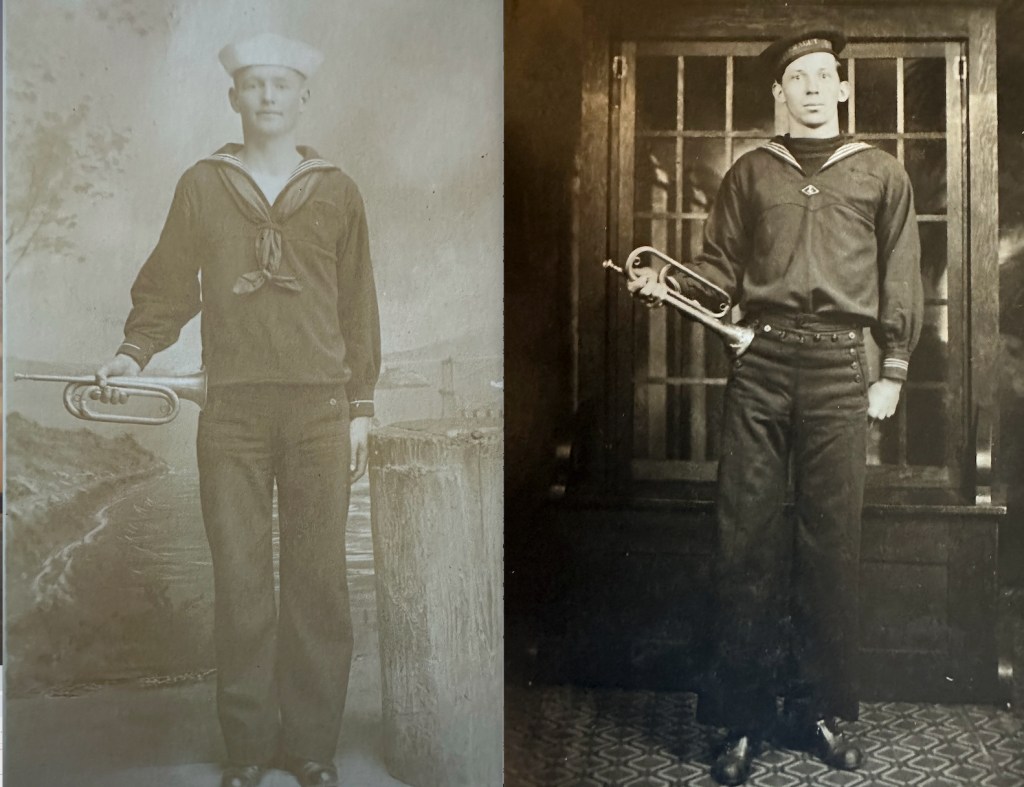
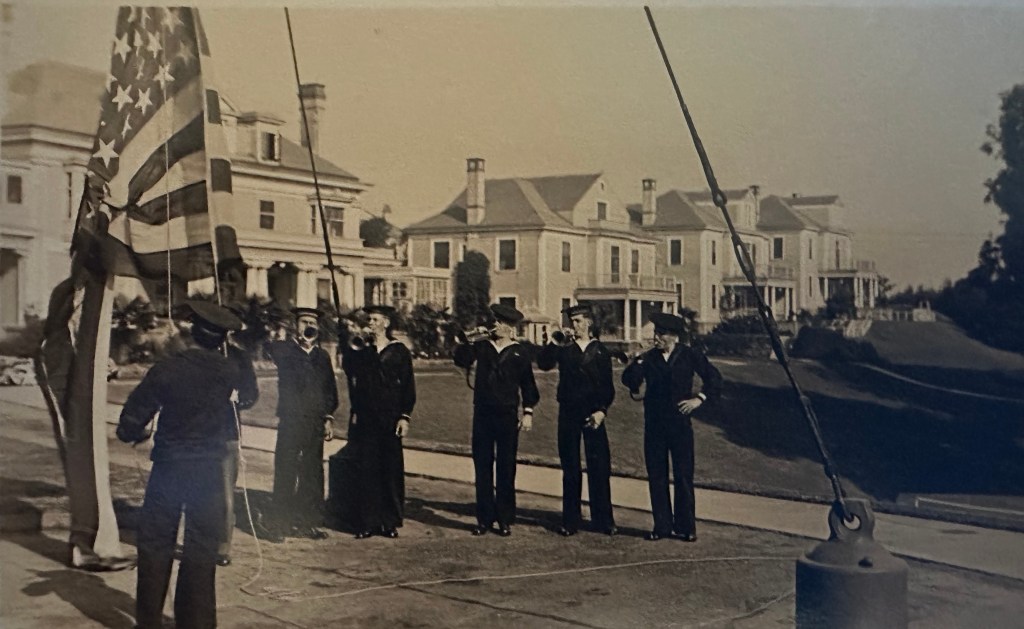
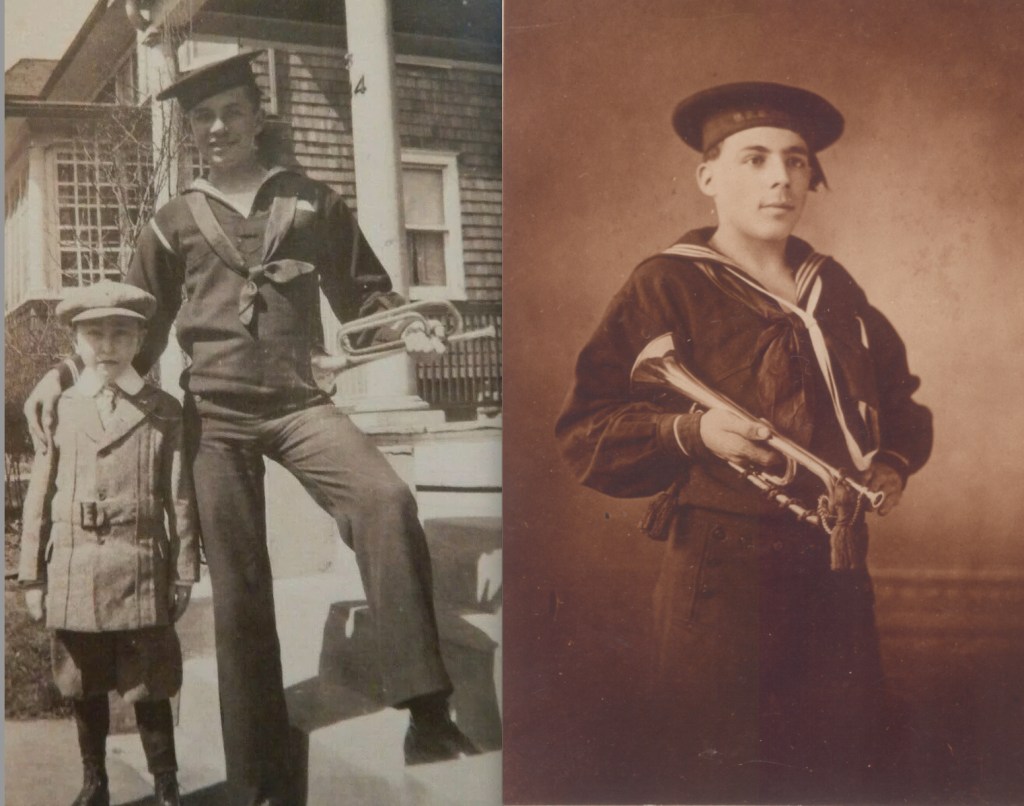
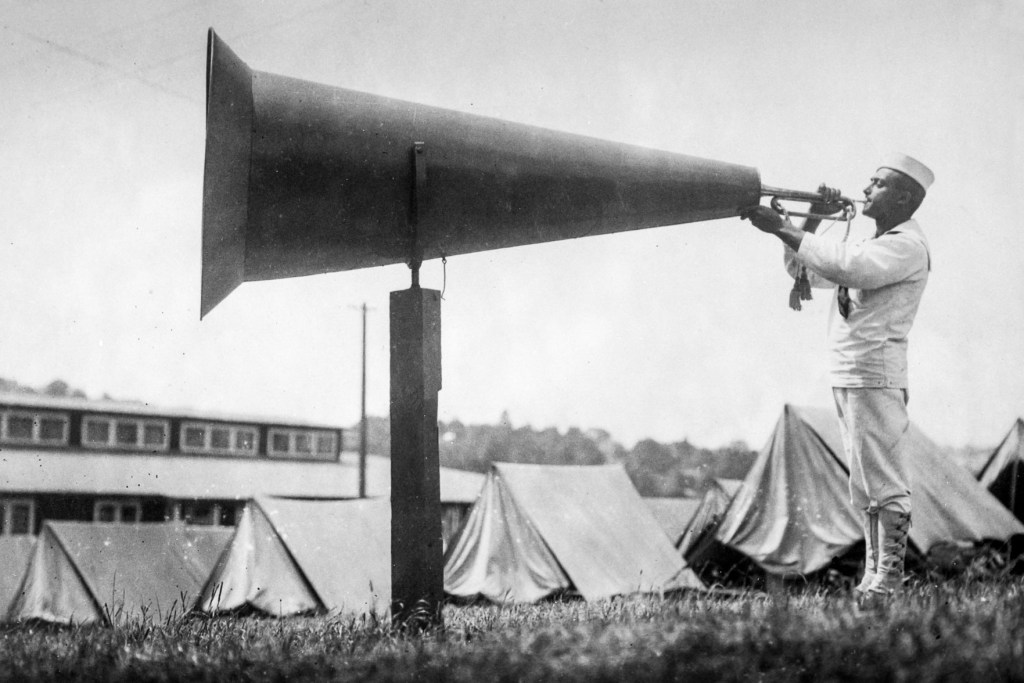
The U.S. Navy established a bugler rating in 1871. However, designated sailors have performed bugler duties aboard Navy ships since the early 19th century.
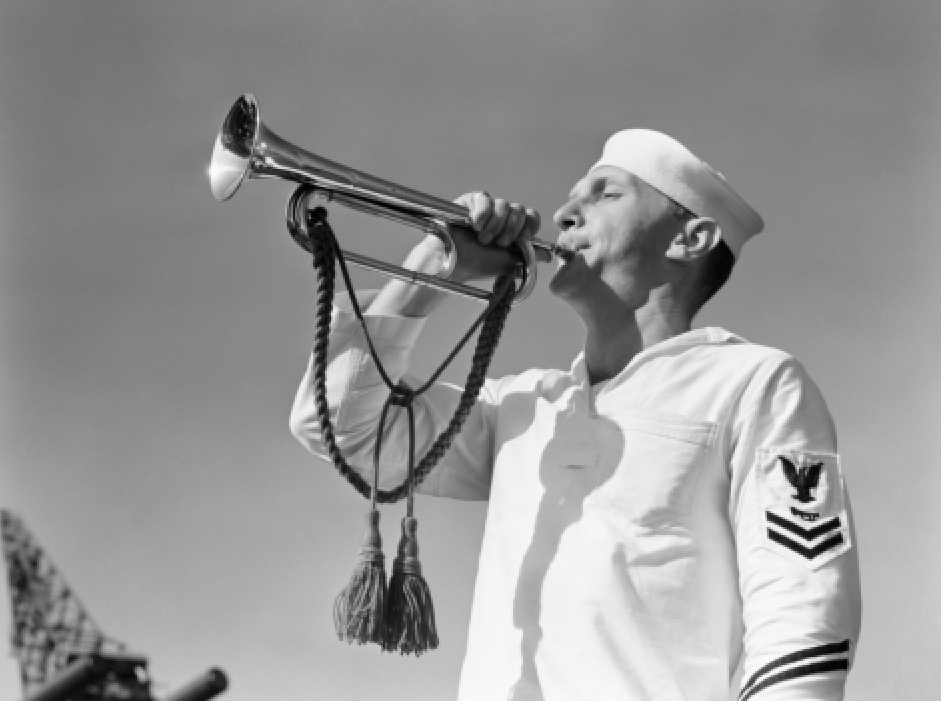
Once, buglers sounded calls for nearly every activity on shipboard. The Navy Manual for Buglers explains that bugle calls fall into three categories: routine, emergency, or both. Examples of routine calls include “reveille,” “mess call,” “morning colors,” “evening colors,” and “Taps.” Emergency calls include “man overboard,” “general quarters,” and “man overboard.”
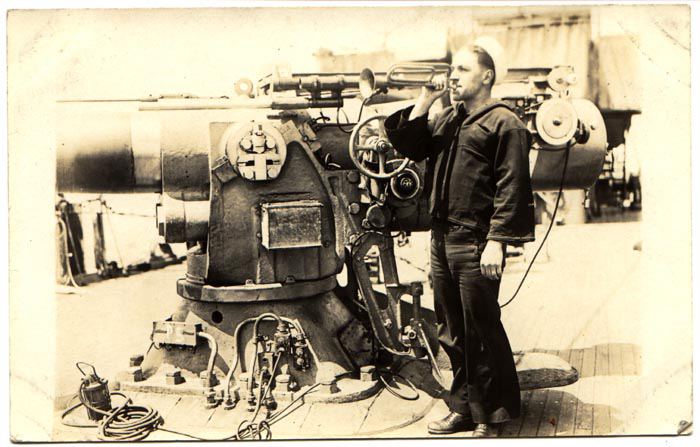
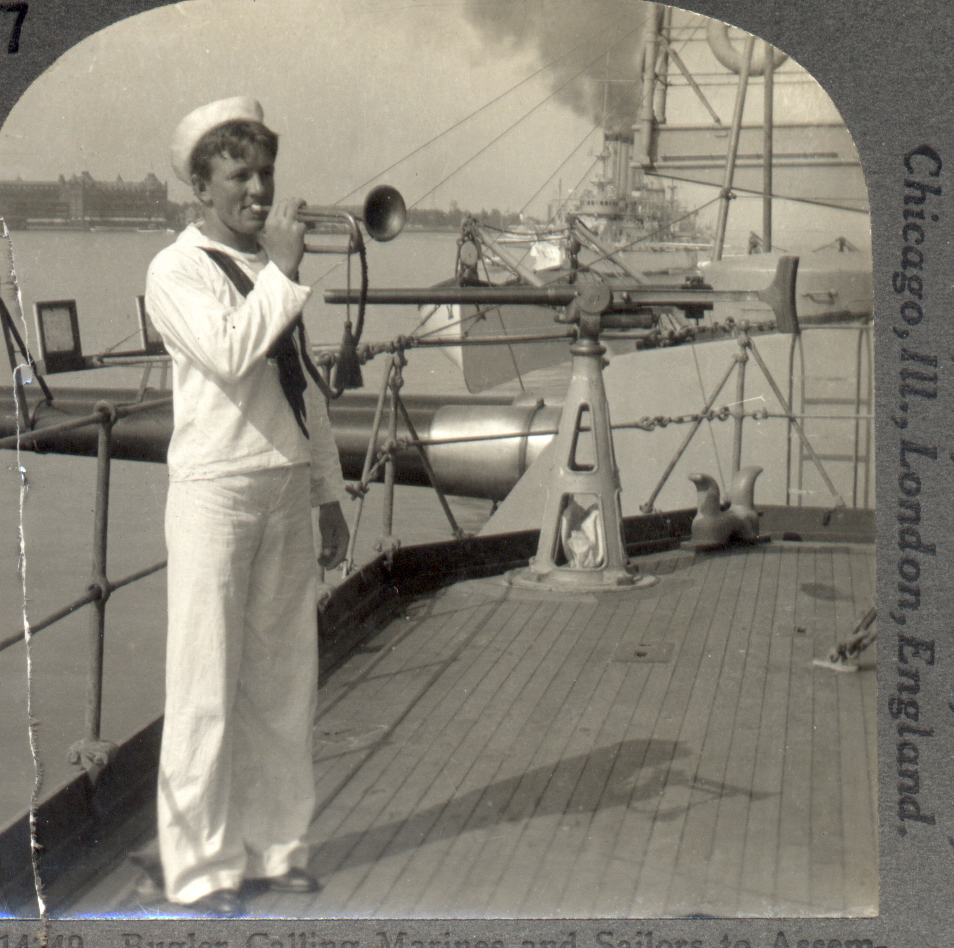
Buglers, unlike U.S. Navy musicians, were not able to advance to petty officer. According to the pamphlet U.S. Navy Enlistment, Instruction, Pay, and Advancement, a bugler second class was paid $33 per month in 1917.
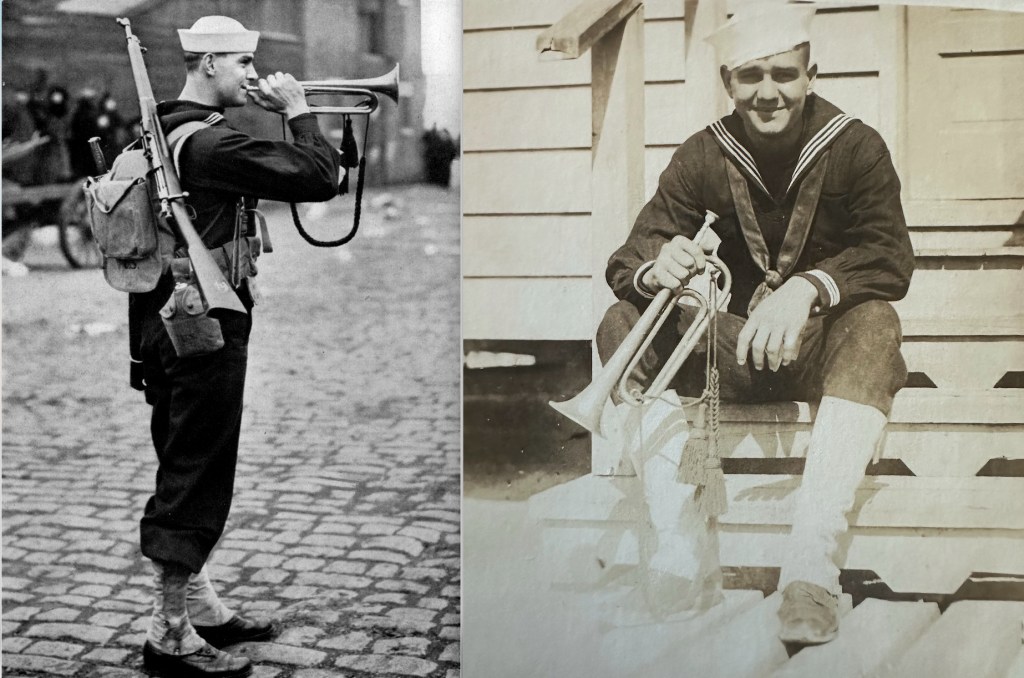

During this time, the Navy offered a bugler course for recruits. To be eligible for the bugler course, prospective buglers only needed to have “some idea of music, have very good teeth, have good health, and clean record,” according to a Sept. 23, 1918 bugler course syllabus

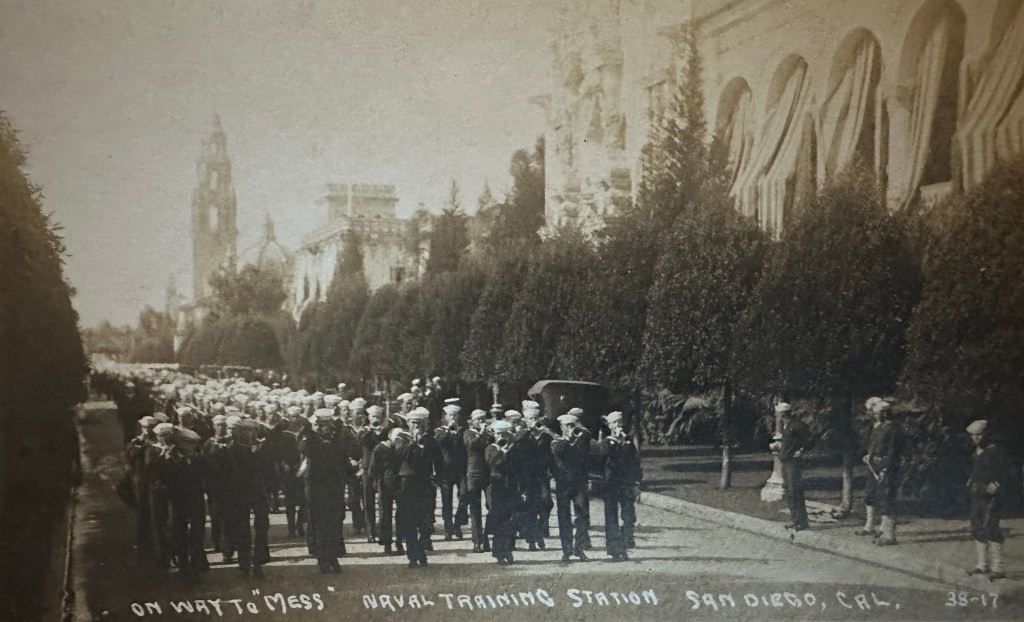
The buglers learned the calls and their usage from US Navy manuals, such as “Ship and Gun Drills Bugle Calls and Boatswains Calls,” published by the US Naval Institute in Annapolis in 1914. This manual included calls for the bugle, along with a description of their use. This manual would be reprinted annually through WWI. More comprehensive manuals would be written during WWII.


An essential duty of shipboard buglers was to stand on the bridge ready to sound calls from the captain. Having a bugler nearby the commanding officer was an age-old tradition and a necessary one,
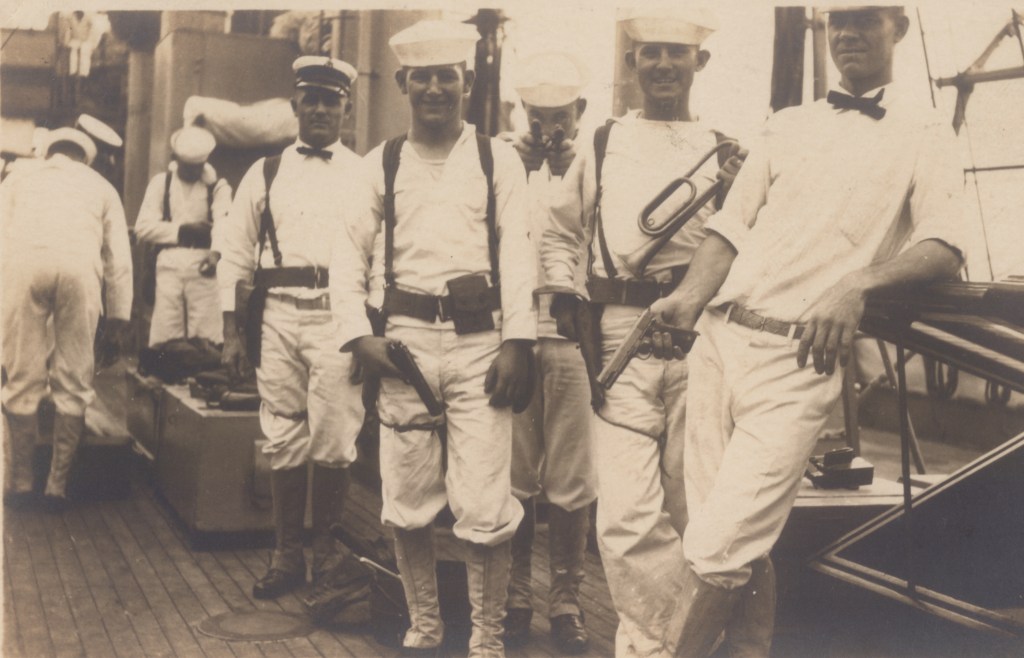
When the Navy began installing better shipboard announcing systems on ships, it disestablished the bugler rating. In 1948, the sea service consolidated bugler duties under the quartermaster rating.
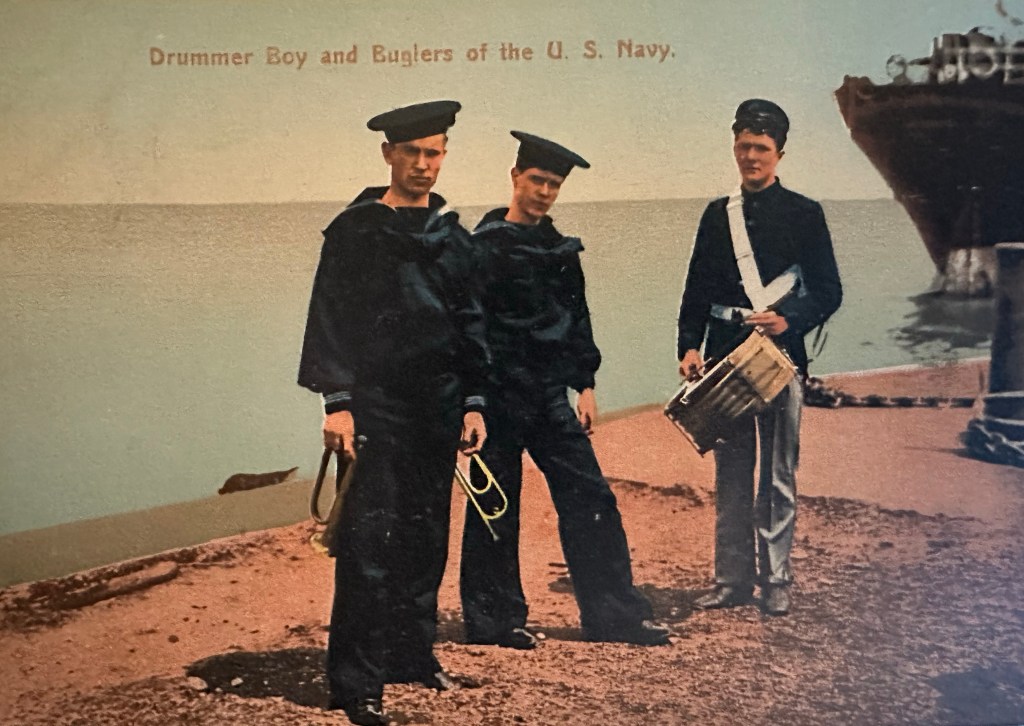
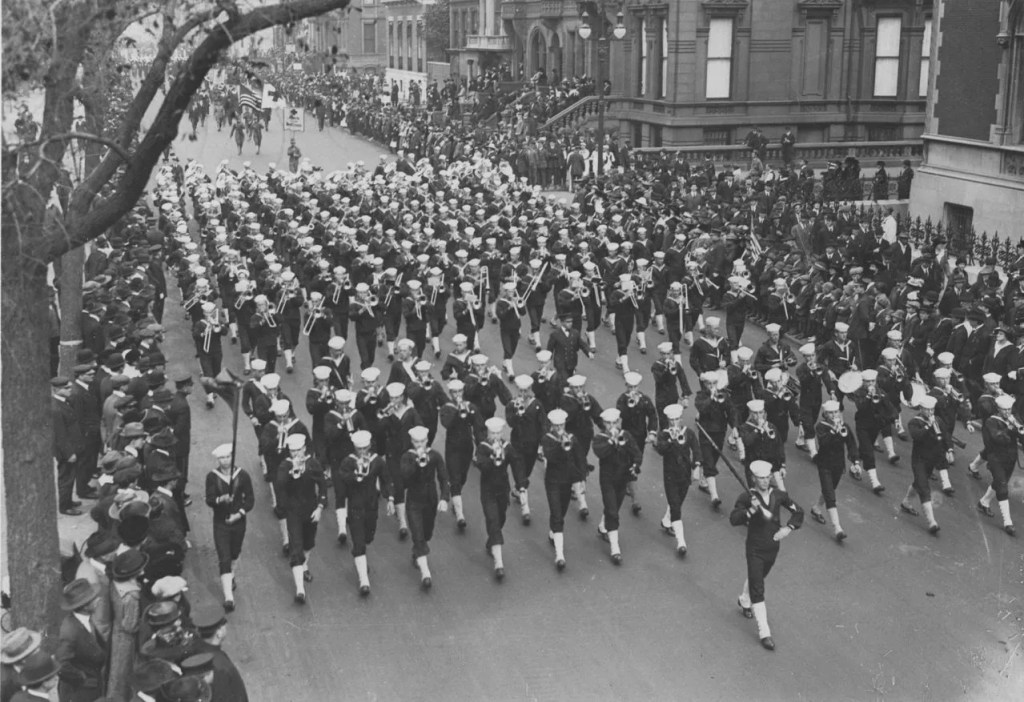
The Great Lakes Training Center opened in 1911. The U. S. Navy Band Great Lakes provided ceremonial support for boot camp graduations, as well as patriotic performances for the community on behalf of the base Commandant, Captain Albert F. Ross. The band, with a bugle squad, quickly grew to 45 Musicians. Later, the bugle squad separated from the band to form its own group at the Bugle School, performing as a drum and bugle corps.
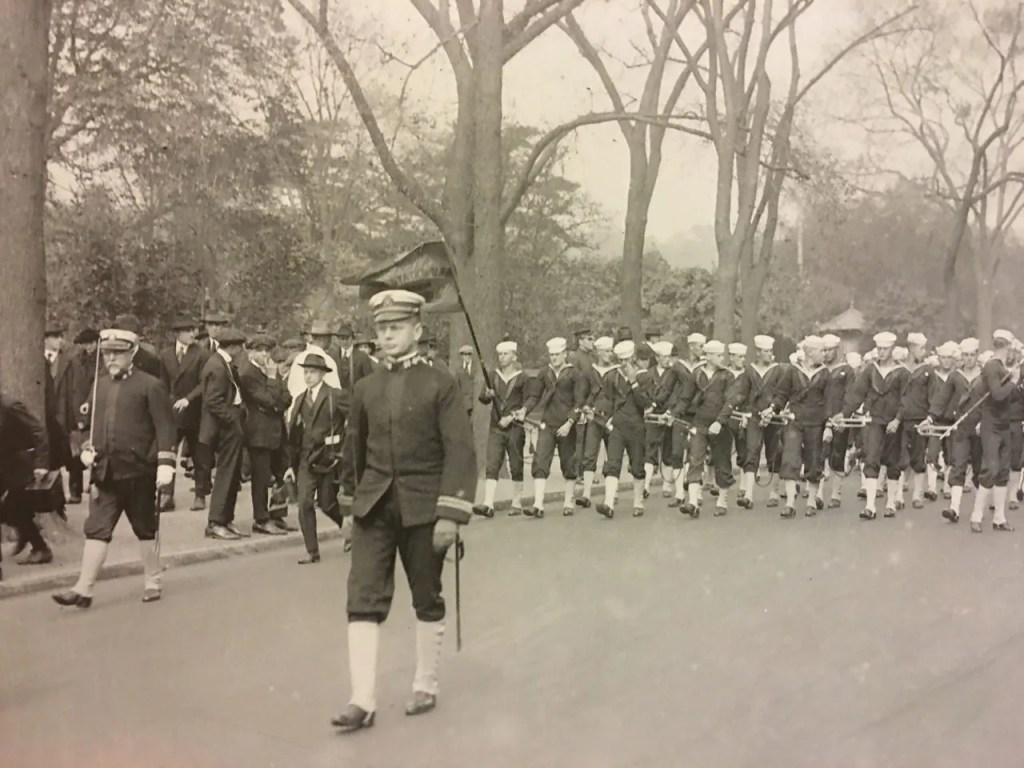
The entry of the United States into WWI increased the demand for musicians to serve aboard ships and to provide music on shore. By 1917, under Bandmaster and Drum Major Musician First Class Michaux Tennant (known as the “Peacock of the Navy”), the band’s strength grew to 241 members. Because the base had grown from 1500 to over 15,000 Sailors, Commandant William A. Moffett appointed Lieutenant John Philip Sousa, USNR, as Director of Music, Great Lakes Naval Training Station.
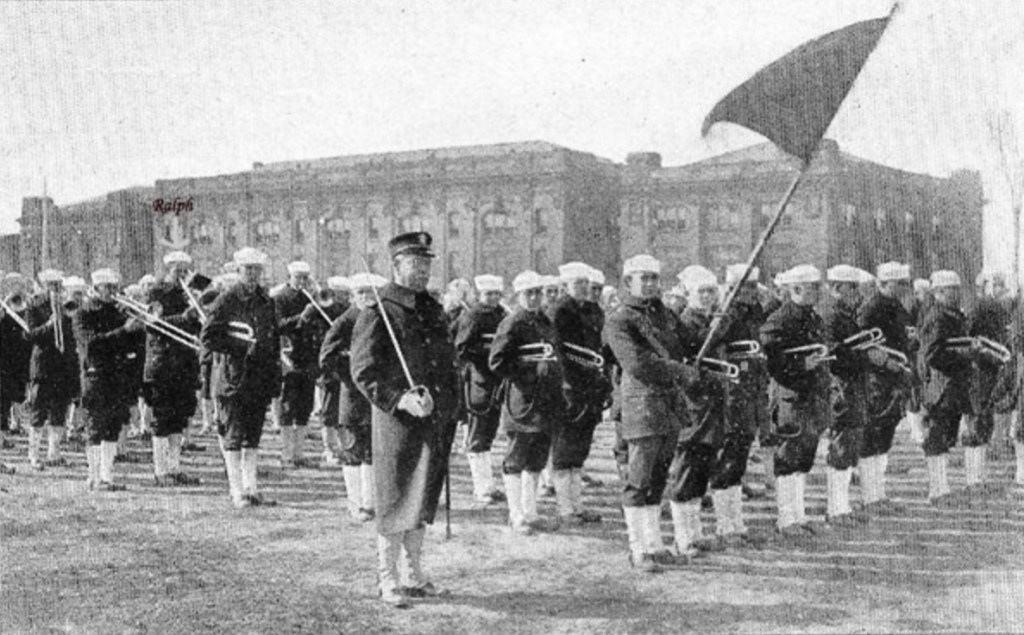
Sousa had received a request from composer and friend John Alden Carpenter, “The naval station (Great Lakes, ILL.) has an undeveloped band which needs the inspiration of a master hand to start them on the right track. Could you come here if only for a few days to start the work and bring with you a bandmaster of the right personality to continue the instruction. I realize how much I ask and know your enthusiasm for the cause.”
Sousa was tasked to increase the size and scope of Navy music by creating a Music School to provide only the finest musicians for the fleet, managing Naval Station choirs, and the Great Lakes Naval Station Symphony Orchestra. The 321-member Great Lakes “Bluejacket Band” was the pride of the Navy and the United States.
During this time, the bugle school at Great Lakes trained buglers for duty aboard ships. Sousa used the buglers to great advantage augmenting the “Jackie Band” with them to play bugle calls found in his marches such as “The Thunderer” and “Sempre Fidelis.”

World War I saw a dramatic increase in the number of musicians providing music, as well as buglers sounding calls on ships and on shore.
After WWI and a brief period of demobilization, the U.S. Navy began increasing the size and number of its capital ships. With the advent of larger ships came the need for buglers to sound calls. U.S. Navy and U.S. Marine buglers were assigned to shipboard duty.

